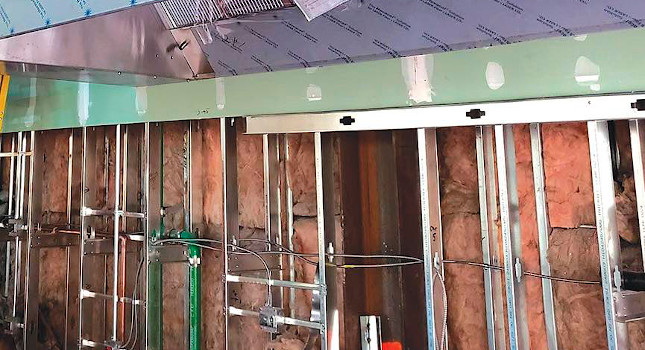Depending on the application, electrical engineers may consider using a busway or bus duct

Some applications for busway or bus duct include installation within a high-rise building with vertically routed bus duct. This high-rise building could be a mixed-use occupancy, office building or a residential building. The consultant should consider the feeder bus duct routed from the main switchboard to the core area of the high-rise building. The bus duct would transition to the vertical routing within the core area of the high-rise building.
Each floor of the building would contain an electrical room stacked for the bus duct. The vertical bus duct would be the plug-in style bus duct with plug-in modules and overcurrent protective devices for the electrical distribution equipment serving the specific floor. A few more applications for busways could be installations for industrial/process manufacturing, big box retail spaces, convention centers or even within a data center with horizontally routed busway. The horizontal busway is connected to a feeder from the power distribution equipment serving the area. The horizontal busway with plug-in modules would be located overhead in the area where load changes could be frequent.
Like any electrical distribution system, there can be inherent risks to the system based on installation or building operation. One example of such a risk is related to a bus duct installation within a high-rise tower serving multiple floors.
Vertical bus duct was used and installed within the hotel tower and ran vertically within electrical closets on each floor. The bus duct was installed without a surrounding floor curb and waterproofing as currently required by NEC 368.10(C)(2). A service sink within the core building housekeeping closet on one of the floors was left on and overflowed. Water ran down the corridor and found its way into the electrical closet and over to the bus duct. Water proceeded to run vertically down the bus duct, causing a fuse to short and started a fire. This short took down the vertical bus duct and the entire tower for more than 24 hours.
All of the guests were forced to evacuate and had to make other accommodations for their stay. Though this may not be common, this is a risk that vertical bus ducts can pose, which wouldn’t have existed to the same extent with a cabling or raceway system. That is not to say bus duct shouldn’t have been specified, but proper installation methods and operational procedures should have been followed and the possible risks to an outage could have been reduced.



